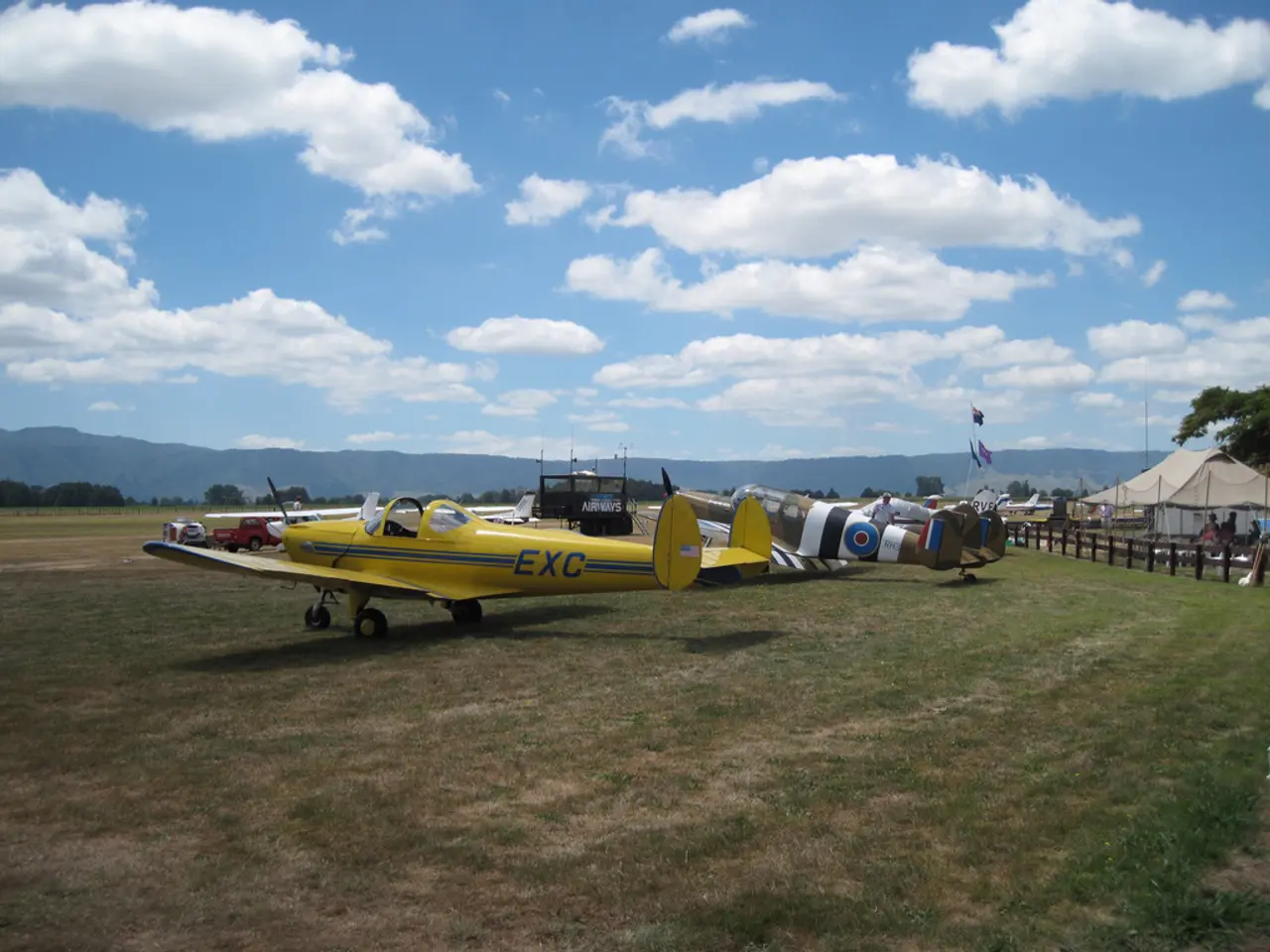Regulations for Drones Set by EASA in 2019 (947)
Unmanned Aircraft Systems (UAS) have become increasingly prevalent in various industries, and the European Union has introduced comprehensive regulations to ensure safe, scalable, and integrated UAS operations across the continent.
The key regulations governing UAS operations in the EU are EASA Regulation 2019/947, Regulation 2019/945, and the U-space regulations (2021/664-666).
Regulation 2019/945 focuses on the technical requirements and conformity assessment rules for UAS and their components. It defines different classes of drones based on performance and safety features suitable for the Open category operations.
Regulation 2019/947, on the other hand, governs the operational rules and risk categories for UAS. It sets the standards for the classification of operational risk categories (Open, Specific, and Certified), how authorizations and operational risk assessments like SORA (Specific Operations Risk Assessment) apply for higher-risk operations.
The U-space regulations provide the technical and procedural infrastructure to allow safe operations, especially for Beyond Visual Line of Sight (BVLOS) flights and in controlled airspace, including autonomous or complex traffic scenarios. These rules support scalable and autonomous drone traffic management.
UAS Manufacturer is responsible for designing and producing UAS and ensuring compliance with technical standards. The Unmanned Aircraft System refers to a combination of an unmanned aircraft and its control and monitoring unit. The Ground Control Station (Command Unit) is equipment used to remotely control UAS.
The regulations also outline the roles of various stakeholders in UAS operations, including the Remote Pilot, the Unmanned Aircraft Observer, the Air Navigation Service Provider (ANSP), and the U-Space Service Provider (USSP). External Service providers offer services like training, communication support, navigation, or flight planning to UAS operators.
The regulations include guidelines for Cross-Border Operations, which require coordination between national aviation authorities. Geo-Awareness is a function that detects potential breaches of airspace limitations. Remote ID is a system enabling the identification of a UAS during operations.
The regulations also emphasise the importance of an Operations Manual (OM), which is a document prepared by the UAS operator detailing procedures and measures to ensure safe and compliant operations. An Emergency Response Plan (ERP) is a predefined plan outlining the actions to take in response to emergencies during UAS operations.
The regulations also cover the concept of Operations (ConOps), which is a high-level description of the intended UAS operation, detailing the operational objectives, procedures, environments, and constraints. The Concept of Operations (ConOps) is crucial in ensuring that UAS operations are carried out safely and efficiently.
In addition, the regulations outline the importance of Robustness, the property of mitigation measures resulting from combining the safety gain provided by the mitigation measures and the level of assurance and integrity that the safety gain has been achieved. Operational Safety Objectives (OSO) are safety targets set for UAS operations to mitigate specific risks.
Tactical Mitigation Performance Requirements (TMPR) are measures applied during the operation to address risks as they arise, ensuring safety in dynamic conditions. Strategic Mitigations are risk mitigations applied before an operation to reduce the likelihood of encountering hazardous conditions, such as planning and airspace deconfliction.
The regulations also touch on C3 Link, which includes communication links necessary for safe operation, and C2 Link, the data link between the unmanned aircraft and the command unit for managing the flight.
In summary, Regulation 2019/945 concerns drone product standards; Regulation 2019/947 governs drone operation rules and risk categories; and U-space regulations 2021/664-666 establish the digital system and procedural rules to manage drone traffic in controlled airspace, especially for complex or automated operations. Together, they form the foundational regulatory structure for safe, scalable drone operations across the EU.
- Regulation 2019/945 is responsible for defining technical requirements and conformity assessment rules for Unmanned Aircraft Systems (UAS) and their components, classifying drones based on performance and safety features suitable for Open category operations.
- Regulation 2019/947 sets operational rules and risk categories for UAS, classifying operational risk categories as Open, Specific, and Certified, and outlines how authorizations and operational risk assessments like SORA apply for higher-risk operations.
- The U-space regulations provide the technical and procedural infrastructure for safe operations, particularly for Beyond Visual Line of Sight (BVLOS) flights and in controlled airspace, including autonomous or complex traffic scenarios.
- The Unmanned Aircraft System (UAS) includes an unmanned aircraft, a control and monitoring unit, and a Ground Control Station (Command Unit) used for remote control.
- The Operations Manual (OM) prepared by the UAS operator details procedures and measures to ensure safe and compliant operations, while an Emergency Response Plan (ERP) outlines actions to take in response to emergencies during UAS operations.
- The regulations emphasize the importance of an Operations Manual (OM), the Concept of Operations (ConOps) for safe and efficient UAS operations, Robustness, Operational Safety Objectives (OSO) for safety targets, Tactical Mitigation Performance Requirements (TMPR) for risk mitigation during operations, and C3/C2 Link for safe communication and flight management.




